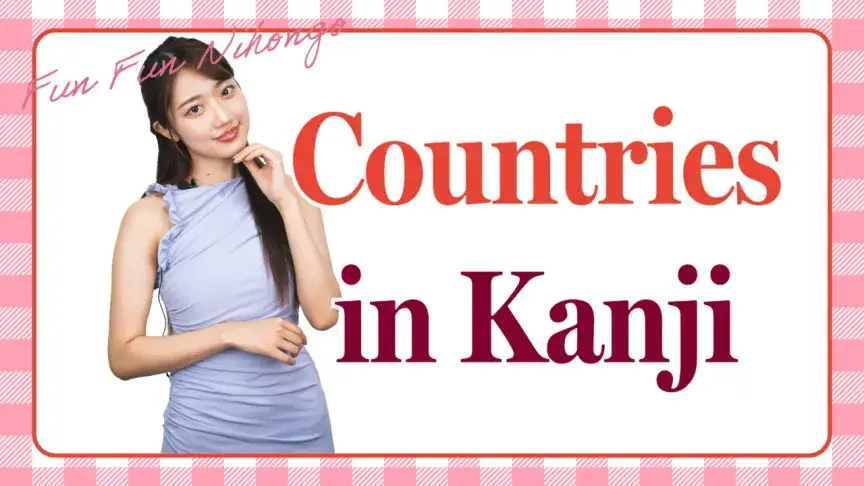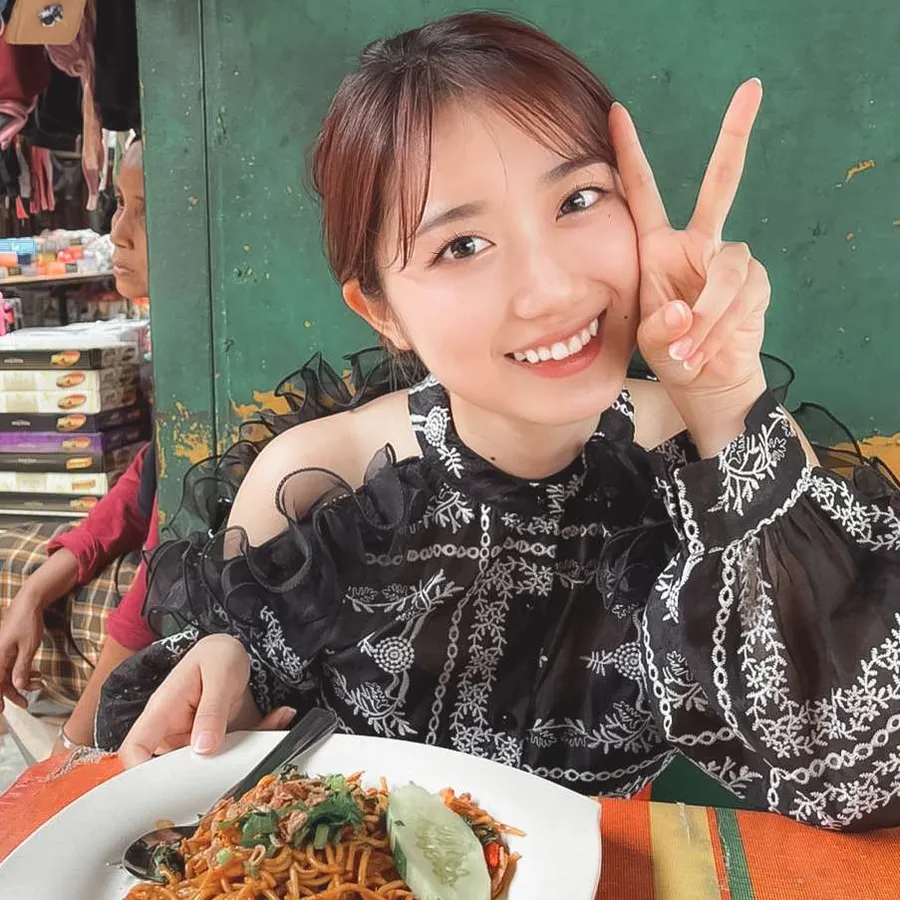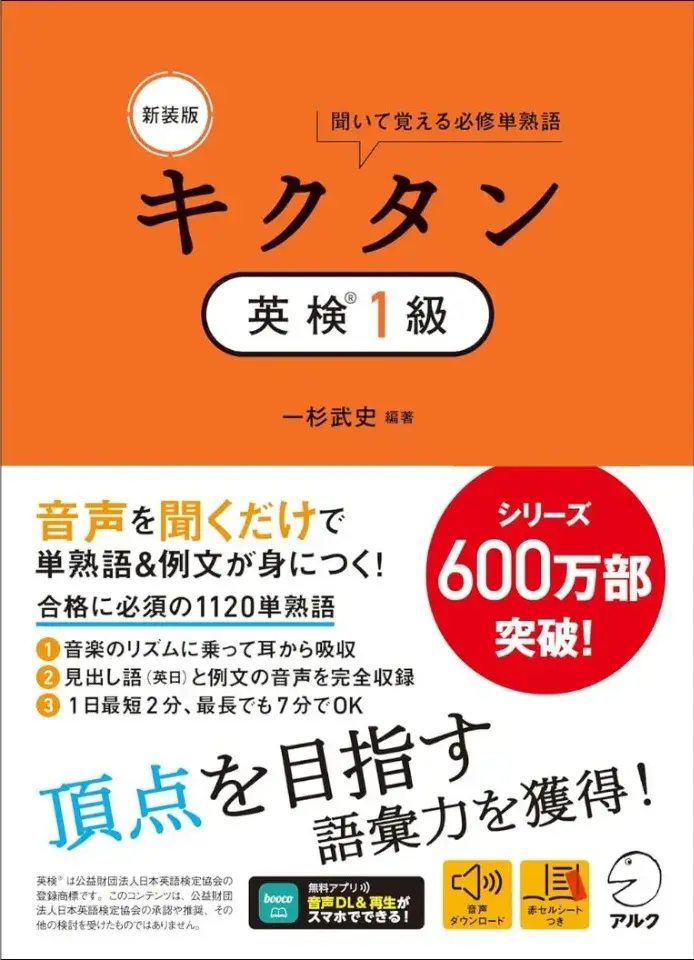
In Japanese, the names of many countries are written using katakana. But there’s also a traditional way to write these names using kanji, often inspired by the phonetic pronunciation of a country’s name or its characteristics. These kanji aren’t always used in everyday writing, but they might indicate how Japan historically viewed other nations.
This article is based on a video by Fun Fun Nihongo, our Japanese learning content series.
Can You Read These Country Names in Kanji?
Some country names in Japanese have unique kanji versions, often used in newspapers, old documents or just for fun. Many of these came via Chinese transliterations, borrowing characters for their sounds rather than their meanings. Let’s see how many you recognize!
1. 亜米利加(アメリカ/Amerika)
United States of America
While the full form of the transliteration is 亜米利加, it is often shortened to 米国 (beikoku). 亜米利加" uses 米 (bei) for its second character, and this character, meaning “rice,” was chosen for its phonetic similarity to the “me” sound in “America.”
2. 英吉利(イギリス/Igirisu)
United Kingdom
These characters imitate the sound of “Igirisu,” Japan’s name for all of Great Britain and Northern Ireland, not just “England.” 英, now used to mean “English,” came from this phonetic borrowing.
3. 伊太利亜(イタリア/Itaria)
Italy
Each character matches the sound of “Itaria,” Japan’s pronunciation of Italy.
4. 印度(インド/Indo)
India
印 means “seal” and 度 means “degree,” but here they just follow the sound “Indo.”
5. 印度尼西亜(インドネシア/Indoneshia)
Indonesia
A long chain: 尼=ni, 西=shi, 亜=a — all chosen for sound.
6. 烏克蘭(ウクライナ/Ukuraina)
Ukraine
烏 means “crow” and 克 means “overcome,” but both of these are just used phonetically here.
7. 埃及(エジプト/Ejiputo)
Egypt
埃=“dust,” 及=“reach.” The meanings don’t matter — only the sounds do! Together, they resemble “Ejiputo” in Japanese.
8. 濠太剌利(オーストラリア/Ōsutoraria)
Australia
濠 means “moat,” and the rest follow old Chinese transliteration patterns.
9. 加奈陀(カナダ/Kanada)
Canada
A compact way to phonetically spell “Kanada.” 加 means “to add.”
10. 新嘉坡(シンガポール/Shingapōru)
Singapore
新=“new,” 嘉=“excellent,” but again, it’s all about the sounds.
11. 西班牙(スペイン/Supein)
Spain西=“west,” which makes sense for a country west of Japan. 牙=“fang” — yep, like a sharp tooth! Sounds kind of fierce, right?12. 泰(タイ/Tai)
Thailand
泰 means “peace” or “calm” — a lucky match in meaning and sound.
13. 独逸(ドイツ/Doitsu)
Germany
An old kanji abbreviation for “Doitsu,” which comes from the German word “Deutsch.” The first kanji, 独, means “alone” or “independent.”
14. 比律賓(フィリピン/Firipin)
The Philippines
A phonetic approximation using kanji that match the sound “Fi-ri-pin.” 比=“compare,” 律=“law,” 賓=”guest.”
15. 伯剌西爾(ブラジル/Burajiru)
Brazil
伯 can mean “uncle,” but here it’s the “bu” in “Burajiru.”
16. 仏蘭西(フランス/Furansu)
France
Common in newspapers, 仏 (Butsu) usually means “Buddha,” but here it means France.
17. 越南(ベトナム/Betonamu)
Vietnam
These kanji mean “south of Yue,” referring to an ancient Chinese region. It’s a semantic translation, not based on the Japanese pronunciation “Betonamu.”
18. 葡萄牙(ポルトガル/Porutogaru)
Portugal
These kanji mean “grape” and “fang,” but they’re just a Chinese-based phonetic for “Portugal.” Wine? Just a funny coincidence!
19. 馬来西亜(マレーシア/Marēshia)
Malaysia
馬=“horse,” 来=“come,” 西=“west,” 亜=“Asia” — but these kanji are used purely for their sounds, not their meanings. It doesn’t mean “a horse came from the west”!
20. 露西亜(ロシア/Roshia)
Russia
露 = “dew.” Often seen in formal or newspaper contexts.
Quick Tip
The kanji names for countries may not be common in modern conversation, but you’ll see them in newspapers, official documents and literature. They’re also fun to recognize if you love history or kanji! Try spotting them in travel guides or old Japanese maps.
Follow Us on Social Media
Want more fun Japanese learning content? We post weekly videos, quizzes, and cultural tips across multiple platforms!
Fun Fun Nihongo
Instagram
Threads
TikTok
YouTube






